
Star Trek and workplace humor in the same link. How can you go wrong?

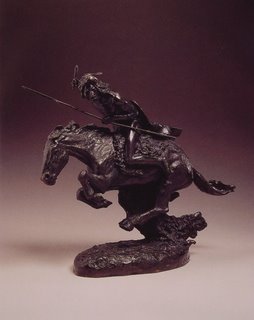



This portrait of The Trooper, like some of the Indian portraits, is directly linked to our collective image of a cavalry officer – charging, full of confidence.
The Trooper (1892)

The Advance takes the portrait of the Trooper one step further, so far as action is concerned. The man in the lead appears to be the same officer. Does anything sit more erect in the saddle that a U.S. cavalry officer?
The Advance (1898)

This next picture, again, could’ve come directly from a John Ford picture. Some things are worth fighting for. In this case: water.
Fight for the Water Hole (1903)
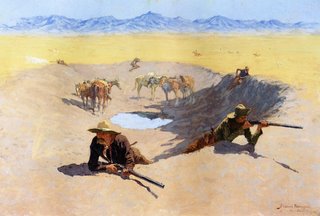
This final picture looks like a Canadian Mountie, not a U.S. soldier, but regardless, he’s still done a bang up job getting his man.

His use of day for night paint was extraordinary.
Cheyenne Scouts Partrolling the Big Timber of the North Canadian, Oklahoma (1889)

Radisson and Groseilliers (1905)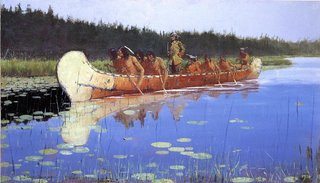
A beautiful dusk to go with this picture that tells a little story:
Coming to the Call (1905)
And, of course, the eco-friendly forms of communication:

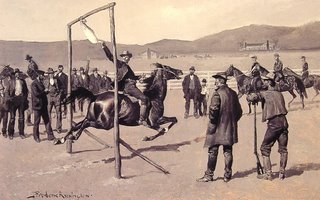
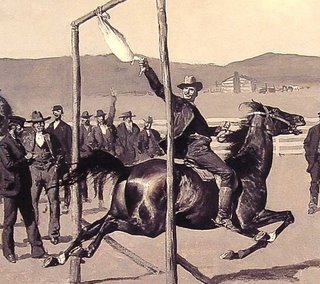
Remington knows how to frame a picture and has a great sense of depth - much like John Ford. Plus, he can create dust out of pen and ink:
In the Desert (1888)
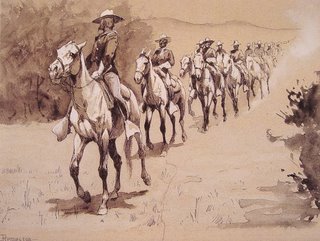
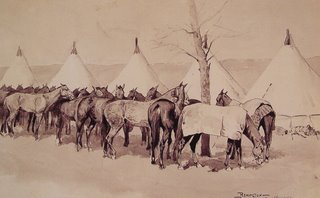


Aqueduct Near Rome (1842)

And when necessary, he can get Middle Earth on your ass:
Expulsion from the Garden of Eden (1828)


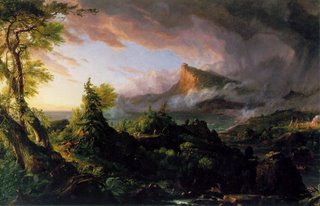

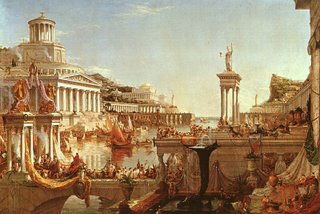
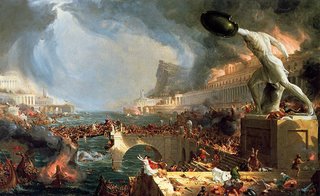

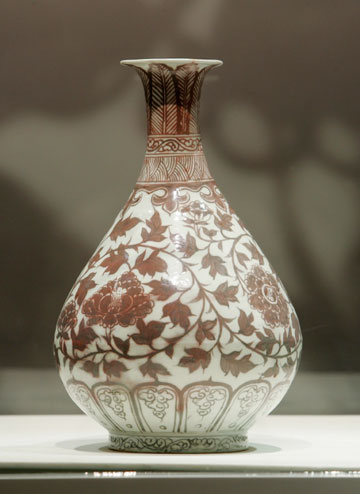 Steve Wynn just paid over $10 million for this Ming vase. It is a lovely object - deserving of much affection, and I hope this is prominently on display in Vegas - but I guess I don't love it "$10 million dollars" much. Still, I'd be glad to ogle it like this fellow. You can tell, he likes his pottery.
Steve Wynn just paid over $10 million for this Ming vase. It is a lovely object - deserving of much affection, and I hope this is prominently on display in Vegas - but I guess I don't love it "$10 million dollars" much. Still, I'd be glad to ogle it like this fellow. You can tell, he likes his pottery. "I snagged my shoelace, missed the step and 'crash bang wallop,' there was a million pieces of high-quality Qing ceramics lying around beneath me," Nick Flynn told BBC radio.
"There is no way my pocket will stretch to reimburse them for the damage that I have done".


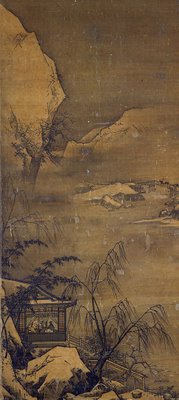






.jpg)




